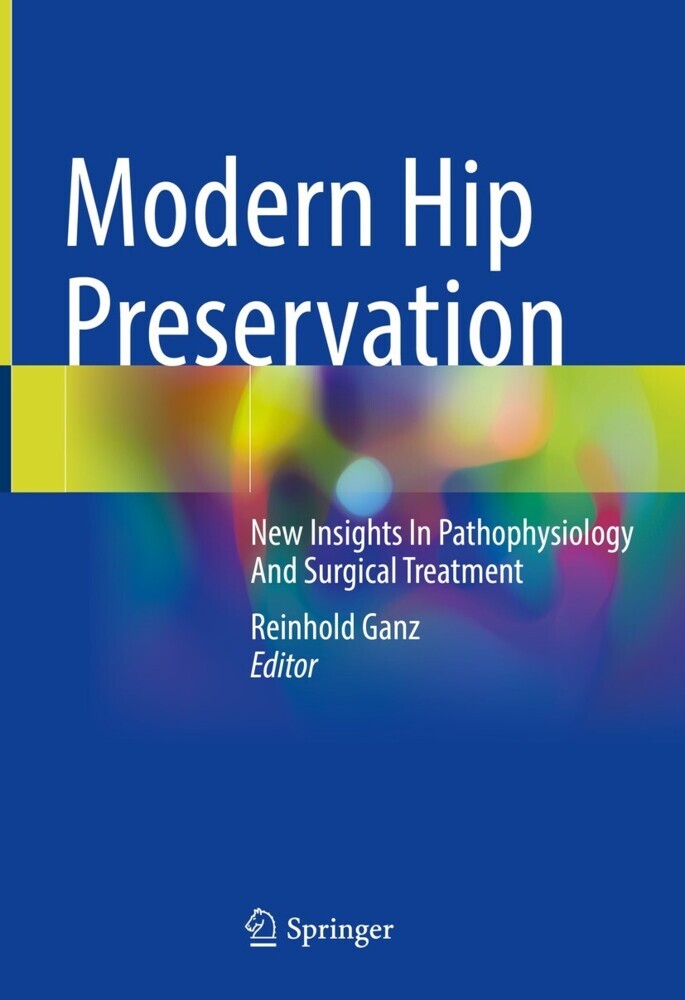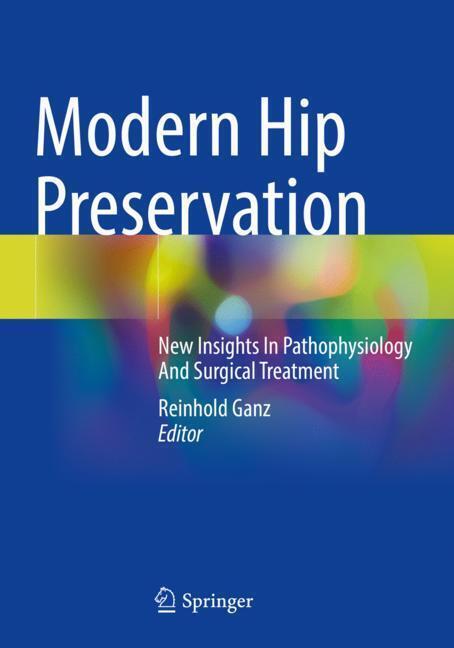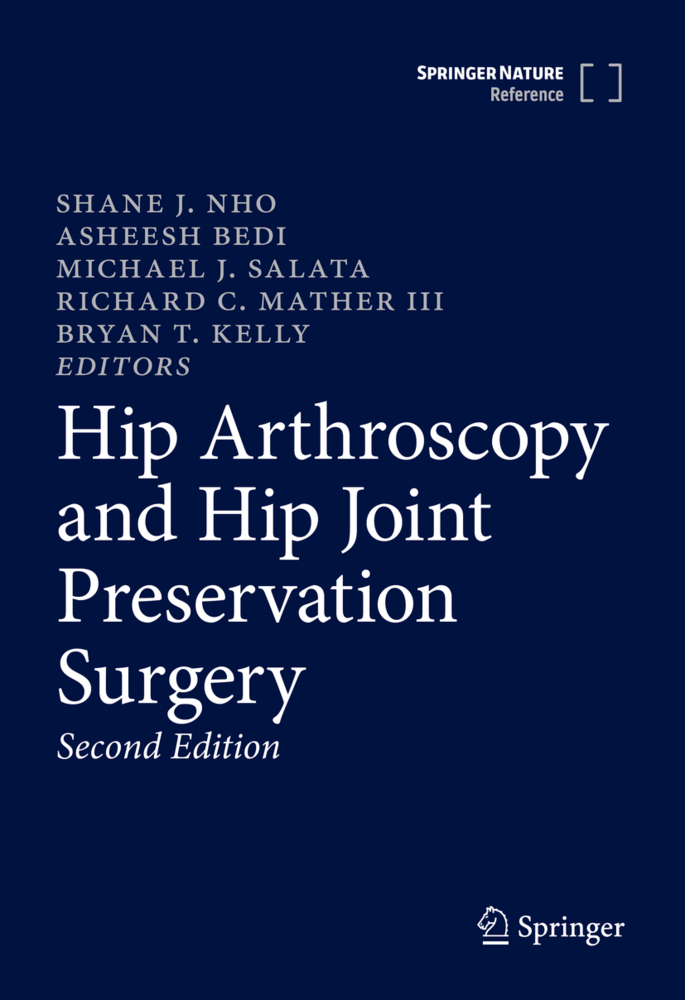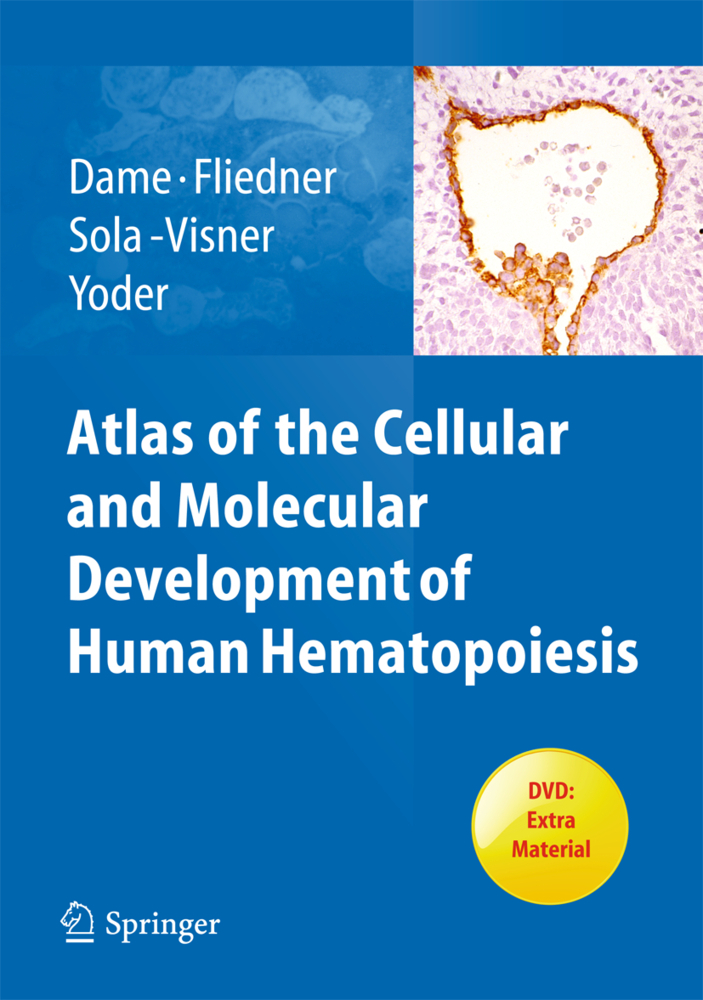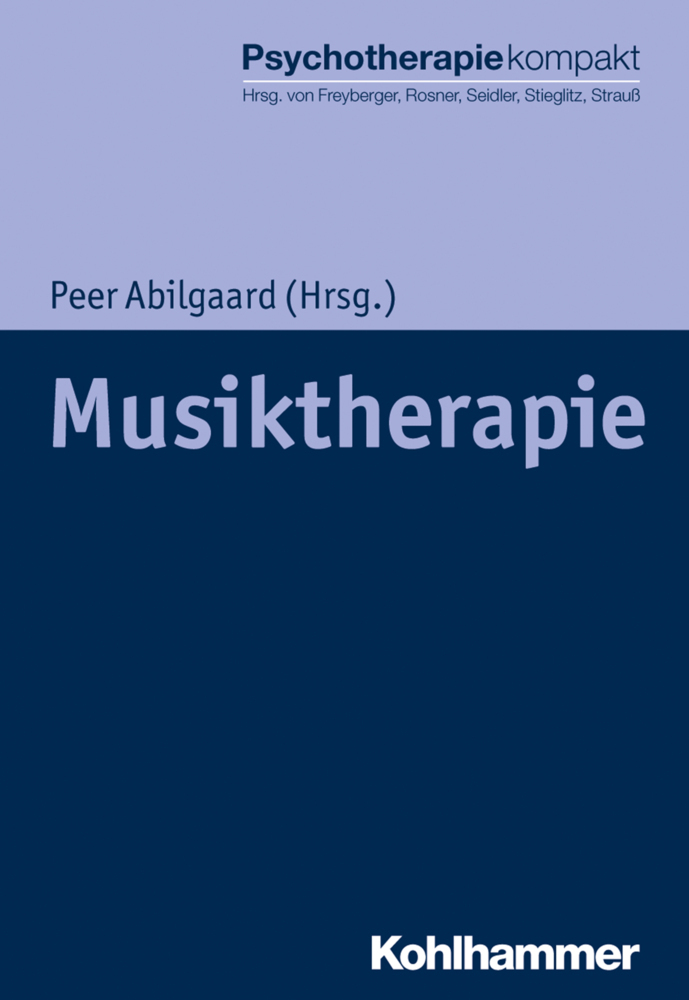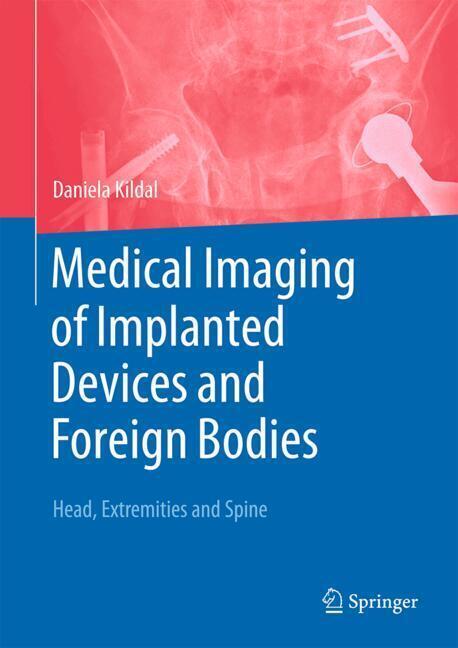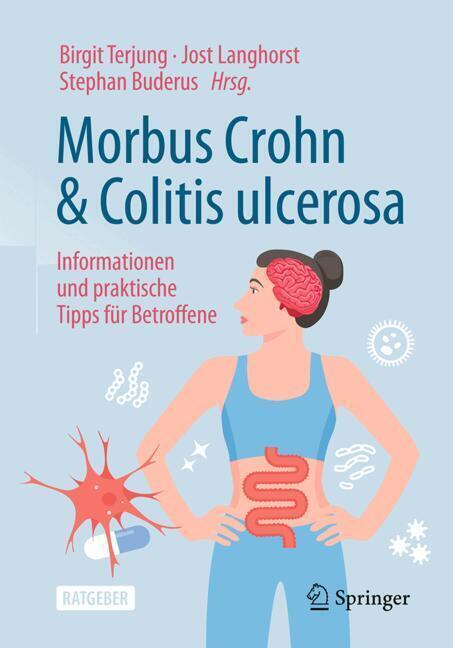Modern Hip Preservation
This book comprehensively discusses both the history and the current concepts of modern hip preservation surgery. Offering an overview of the game-changing studies on the hip and pelvis vascular anatomy it thoroughly describes the evolution of a new and comprehensive pathophysiology of the hip joint degeneration. Moreover, in the first part, particular emphasis is devoted to the history and current knowledge of femoroacetabular impingement and hip dysplasia.
The second part examines the main surgical procedures that have evolved and matured since the 1980s, culminating in a new class of open surgical approaches, such as hip surgical dislocation, periacetabular osteotomies, proximal femoral osteotomies and corrections, and widening the door for hip-arthroscopy.
Based on over 40 years of practical and pioneering experience by the editor and 15 years of collaboration with the GICCA Study Group, this book offers a valuable resource to residents, researchers and practicing orthopedic surgeon wishing to gain insights into hip preservation surgery.
Reinhold Ganz is a retired professor of orthopaedics at the University Hospital in Berne, Switzerland. He graduated from medical school, University of Freiburg, Germany. After a postgraduate training in bone physiology and biomechanics at the Department of Pathology of the University of Basel and the AO Research Institute in Davos, he pursued his orthopaedic training under the guidance of Maurice E. Müller in Berne. Succeeding Müller as chief of the department in Berne, he started to give more attention to preservation of the native hip joint.
All research was started with detailed cadaver studies of the vascular supply beyond classic knowledge and was focusing on surgical utility of the findings. Teamwork was the key for success.
A first project was to optimize reorientation surgery of the dysplastic acetabulum. While the available procedures approached the acetabulum from the pelvic outside and as such were interfering with the main blood suppliers, a technique was developed to execute the majority of osteotomy steps from the inside of the pelvis, to spare the blood vessels and the abductor musculature. The technique allows large correction and provides sufficient fragment perfusion, even after extensive capsulotomy for additional intra-articular surgery. Meanwhile the Bernese Periacetabular Osteotomy (PAO) has gained worldwide acceptance.
Surgical dislocation of the hip joint was discredited at length for the risk of avascular head necrosis. Injection studies of the supplying vessels showed a way to perform a safe and reproducible dislocation without such risks. Rather unexpected, routine surgical dislocation allowed to observe the mechanism of impingement and to formulate the concept of one important initiation of osteoarthritis of the hip, hitherto viewed as primary.
Further studies allowed to extend the surgical dislocation approach with a retinacular flap containing the majority of the blood vessels of the head. The resulting circumferential access to the neck opened the door for a new class of intraarticular procedures, notably relative neck lengthening, subcapital realignement, true femoral neck osteotomy and osteotomy of the head to reduce its size.
Dr. Ganz wrote a number of scientific key articles. He received several honors, among others the 'Doctor Honoris Causa' of the University of Zurich and the FRCSEd (hon)-title. He was honored with the King Faisal International Price for Medicine and the Arthur Steindler Award of the Orthopaedic Research Society. More recently he received the Lifetime Achievement Award of the American Hip Society and the Meyer Award for 'disruptive contributions to hip surgery'.
Ganz, Reinhold
| ISBN | 9783030919672 |
|---|---|
| Artikelnummer | 9783030919672 |
| Medientyp | E-Book - PDF |
| Copyrightjahr | 2022 |
| Verlag | Springer-Verlag |
| Umfang | 156 Seiten |
| Sprache | Englisch |
| Kopierschutz | Digitales Wasserzeichen |

